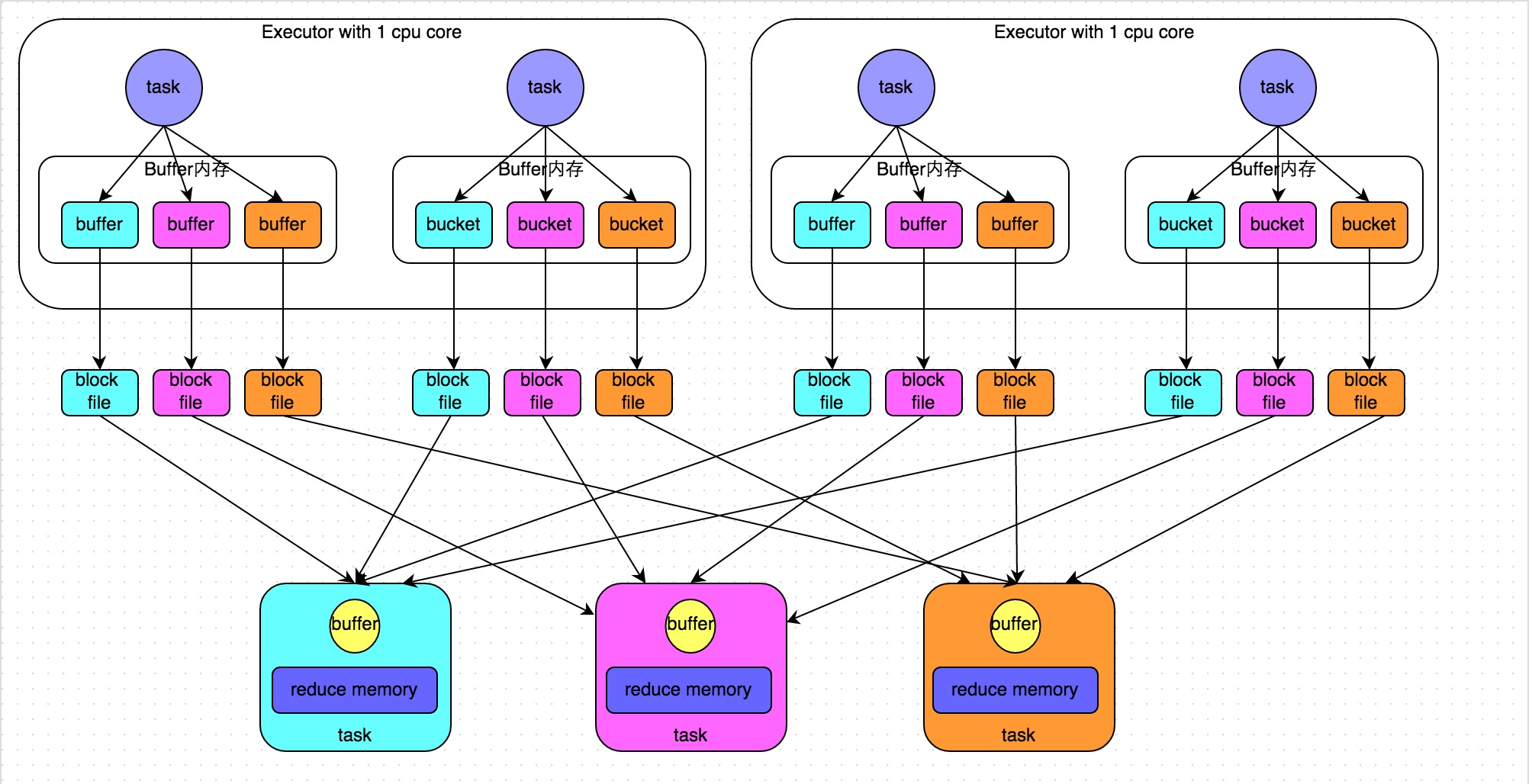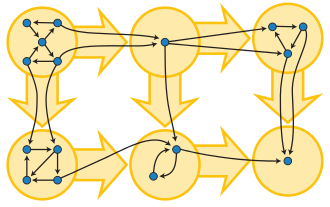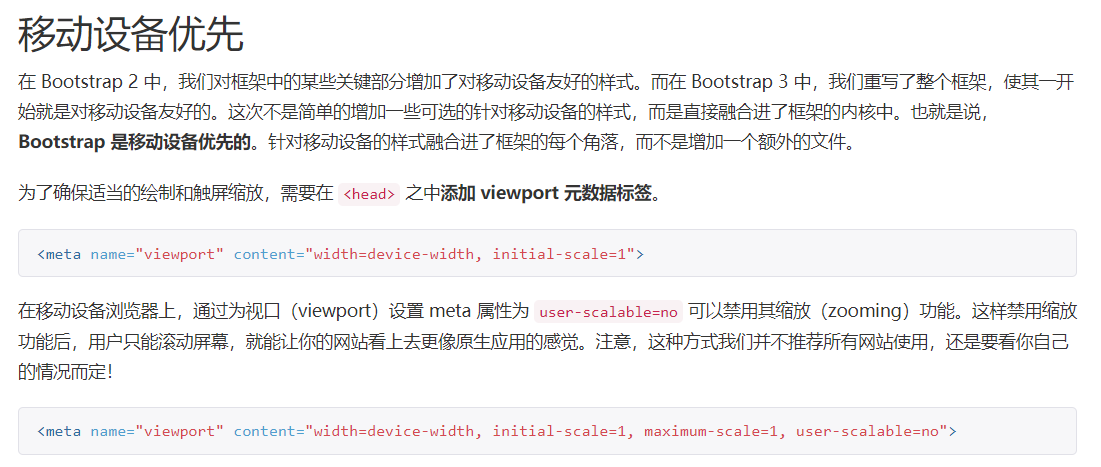#include "stdafx.h" // FitCircle.cpp : 定义控制台应用程序的入口 #include "cv.h" #include "highgui.h" #include "cxcore.h" #include "cvaux.h" #include <iostream>using namespace cv; using namespace std; void main() {int BasicGlobalThreshold(int*pg,int start,int end);CvBox2D findRectContours(IplImage *src);IplImage* imgGrey=cvLoadImage("5_000004.bmp",0);//IplImage* imgGrey=cvLoadImage("28027.jpg",0);cvNamedWindow("原始图像");//cvShowImage("fa",imgGrey);cvShowImage("原始图像",imgGrey);double t=(double)getTickCount();IplImage* imgBasicGlobalThreshold = cvCreateImage(cvGetSize(imgGrey),IPL_DEPTH_8U,1);cvCopyImage(imgGrey,imgBasicGlobalThreshold);int pg[256],i,thre; for (i=0;i<256;i++) pg[i]=0;for (i=0;i<imgBasicGlobalThreshold->imageSize;i++) // 直方图统计pg[(BYTE)imgBasicGlobalThreshold->imageData[i]]++; thre = BasicGlobalThreshold(pg,0,256); // 确定阈值cout<<"The Threshold of this Image in BasicGlobalThreshold is:"<<thre<<endl;//输出显示阀值 cvThreshold(imgBasicGlobalThreshold,imgBasicGlobalThreshold,thre,255,CV_THRESH_BINARY); // 二值化 cvNamedWindow("二值图像");cvShowImage("二值图像",imgBasicGlobalThreshold);CvBox2D box=findRectContours(imgBasicGlobalThreshold);t=((double)getTickCount()-t)/getTickFrequency();cout<<t<<" mark点坐标"<<box.center.x<<"\t"<<box.center.y<<endl<<"半径"<<box.size.width<<endl;cvWaitKey(0);}CvBox2D findRectContours(IplImage *src) {CvBox2D box1;IplImage* des=cvCreateImage(cvGetSize(src),src->depth,src->nChannels);cvZero(des);CvMemStorage* memory=cvCreateMemStorage(0);CvSeq* Icontour=NULL;CvSeq* maxContour =NULL;cvShowImage("原始图像1",src);cvFindContours(src,memory,&Icontour, sizeof(CvContour),CV_RETR_LIST,CV_CHAIN_APPROX_SIMPLE,cvPoint(0,0));double area=0;double maxArea=0;while(Icontour){area=fabs(cvContourArea(Icontour,CV_WHOLE_SEQ));//cout<<area<<endl;//cvDrawContours(src, Icontour,// CV_RGB(255,255,255), CV_RGB(255, 255,255),// 0, 1, 8, cvPoint(0,0));// if(area>500 && area<20000){goto l1;}elsegoto l2; l1: CvBox2D box0=cvFitEllipse2(Icontour);float a=(float)box0.size.height/(float)box0.size.width;//cout<<area<<endl;if(fabs(a)<=1.5){cvDrawContours(des, Icontour,CV_RGB(255,255,255), CV_RGB(255, 255,255), 0, 1, 8, cvPoint(0,0));box1=box0;cvDrawCircle(des,cvPoint(box0.center.x,box0.center.y),1,cvScalar(255,255,255),2,8,0);//cvDrawContours(des,maxContour,cvScalar(0,0,255),cvScalar(0,0,255),1,1,0,cvPoint(0,0)); }// maxContour = Icontour; l2: Icontour =Icontour->h_next;}cvShowImage("fds",des);return box1;} /*============================================================================ = 代码内容:基本全局阈值法 迭代法 ==============================================================================*/ int BasicGlobalThreshold(int*pg,int start,int end) { // 基本全局阈值法int i,t,t1,t2,k1,k2;double u,u1,u2; t=0; u=0;for (i=start;i<end;i++) {t+=pg[i]; u+=i*pg[i];}k2=(int) (u/t); // 计算此范围灰度的平均值 do {k1=k2;t1=0; u1=0;for (i=start;i<=k1;i++) { // 计算低灰度组的累加和t1+=pg[i]; u1+=i*pg[i];}t2=t-t1;u2=u-u1;if (t1) u1=u1/t1; // 计算低灰度组的平均值else u1=0;if (t2) u2=u2/t2; // 计算高灰度组的平均值else u2=0;k2=(int) ((u1+u2)/2); // 得到新的阈值估计值 }while(k1!=k2); // 数据未稳定,继续//cout<<"The Threshold of this Image in BasicGlobalThreshold is:"<<k1<<endl;return(k1); // 返回阈值 }

















